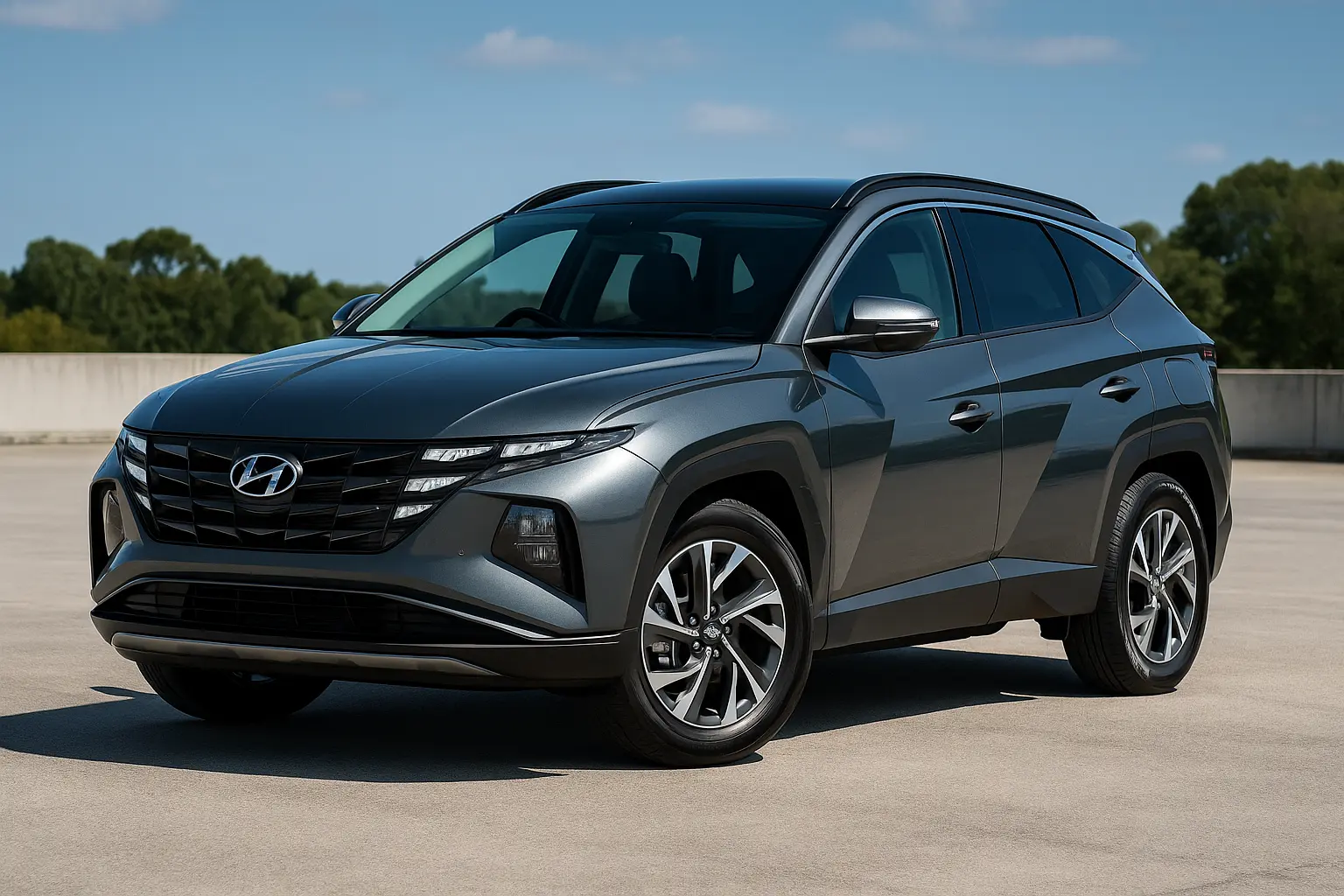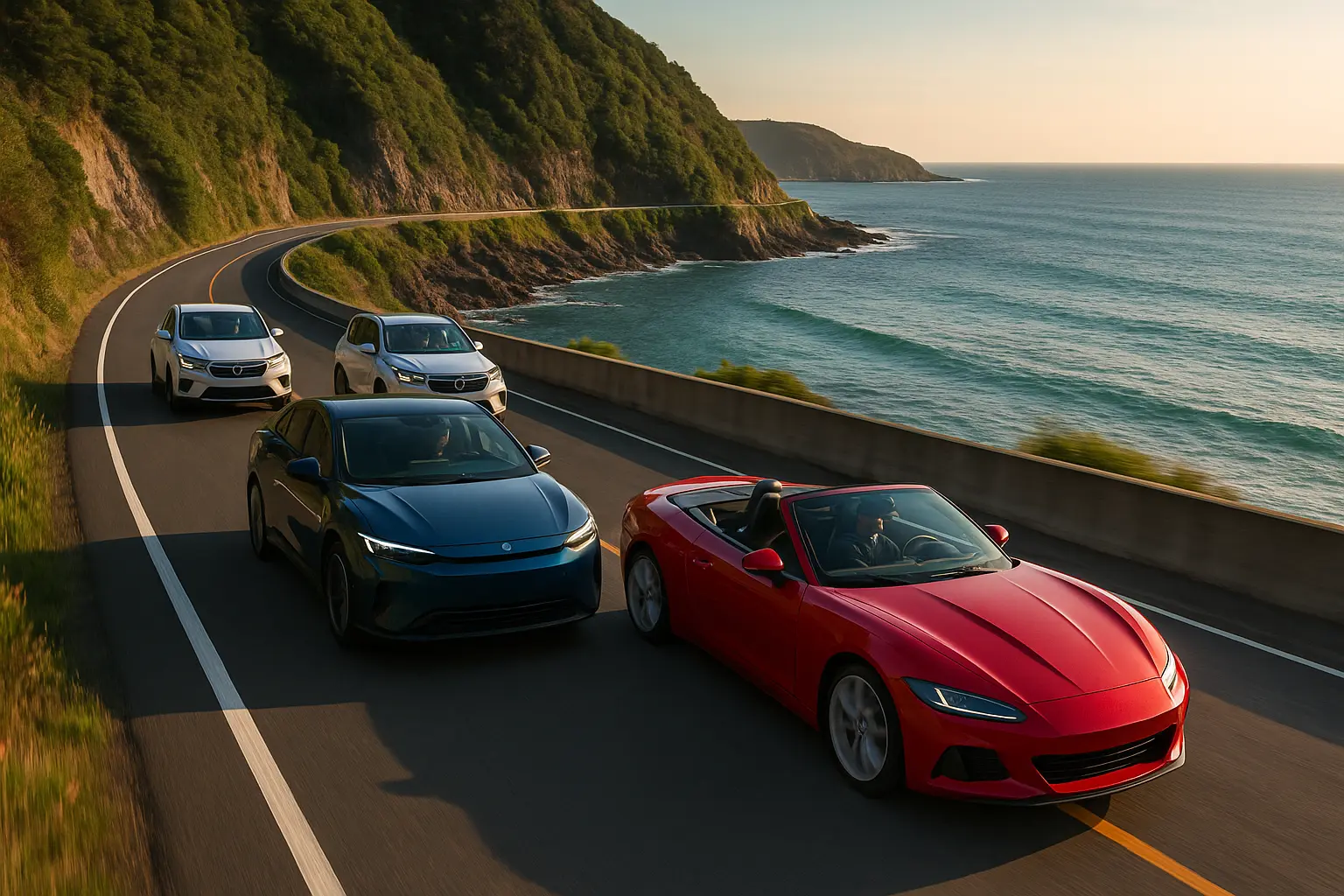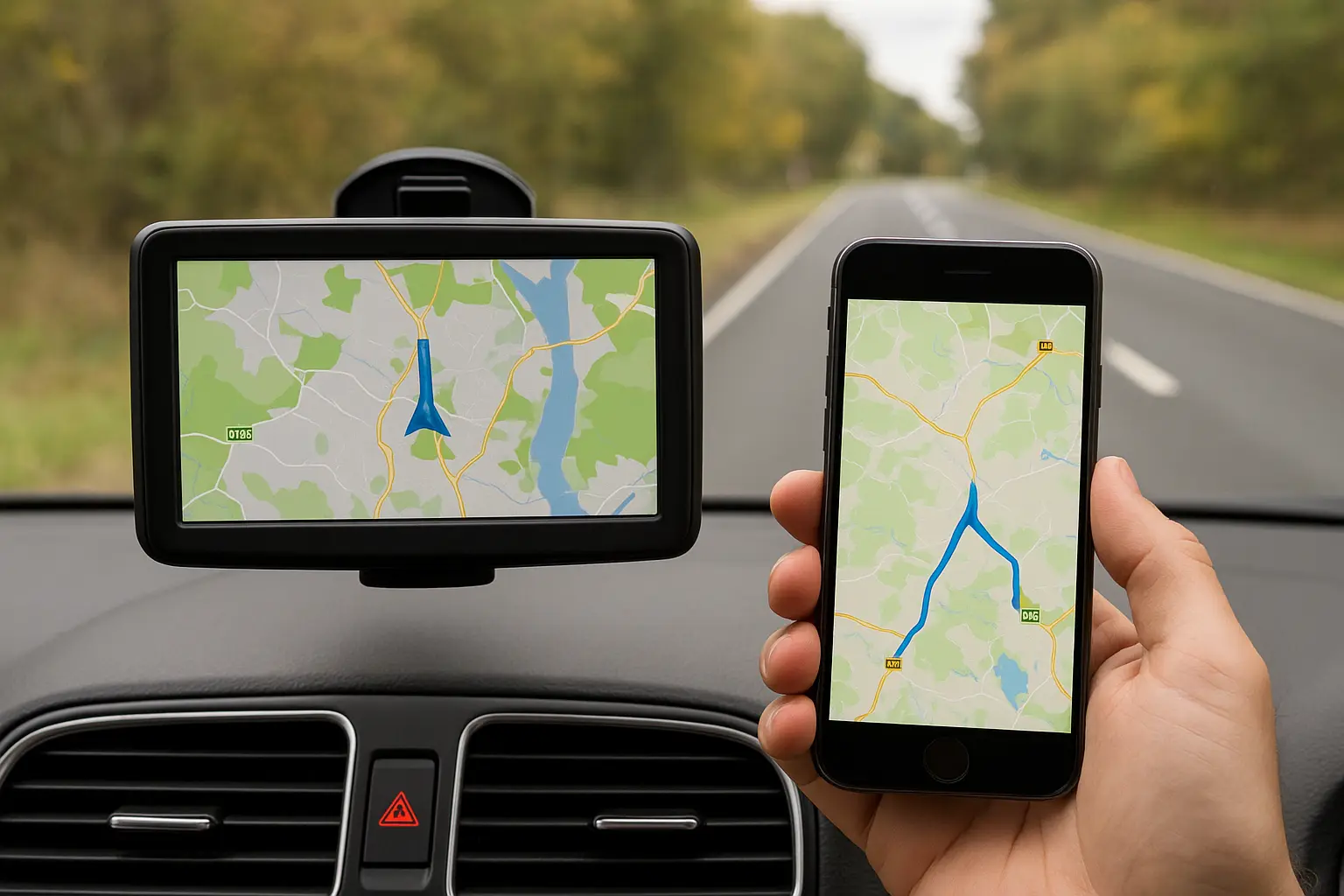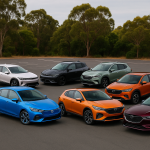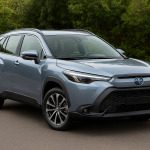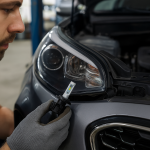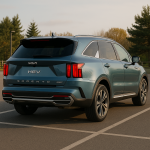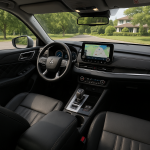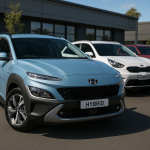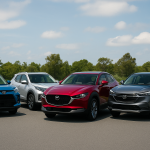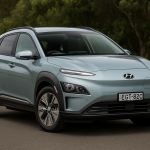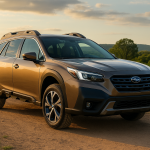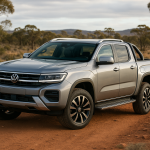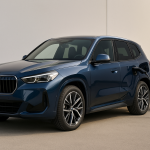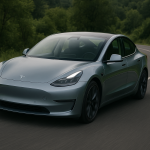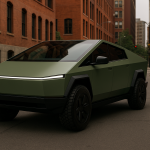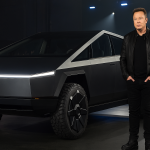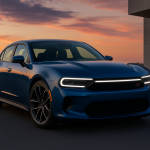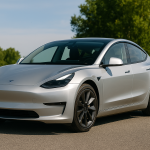The Hyundai Tucson has long been a favourite among Australian SUV buyers. Positioned in the competitive mid-size SUV market, it offers an appealing mix of practicality, design, safety, and technology. The 2025 model continues this tradition, with Hyundai refining the Tucson to meet the evolving needs of Australian families, commuters, and adventure-seekers.
In this comprehensive review, we’ll dive into the Tucson’s exterior design, interior features, driving performance, safety tech, trims and variants, and value for money in Australia. We’ll also compare it against rivals like the Toyota RAV4, Mazda CX-5, and Kia Sportage to give you the clearest picture of where the Tucson stands.

A Brief Overview of the Tucson’s Place in Australia
The Tucson is Hyundai’s global best-selling SUV, and it’s no surprise it resonates with Australian drivers. Mid-size SUVs are the most sought-after vehicle segment here, bridging the gap between compact city SUVs and large family movers. The Tucson has earned its reputation for blending affordability with premium features, offering plenty of room without being unwieldy on city streets.
For 2025, Hyundai hasn’t reinvented the wheel but has refined design, improved technology integration, and expanded safety features. The Tucson competes directly with some of Australia’s top sellers, meaning it has to do a lot right to win buyers over.
Exterior Design: Modern and Distinctive
The first thing you notice about the 2025 Tucson is its bold, futuristic styling. Hyundai has leaned into its “Sensuous Sportiness” design philosophy, with sharp edges, dynamic lighting, and a confident stance.
Front End: The signature parametric grille with integrated LED daytime running lights remains a standout. When lit, it gives the SUV a distinctive, almost premium feel.
Side Profile: Crisp body lines, slightly flared wheel arches, and 18- to 19-inch alloy wheel options lend a sporty presence.
Rear Design: Sleek tail-lights connected by a full-width light bar bring a modern touch, aligning it with Hyundai’s global SUV design language.
The Tucson doesn’t just look stylish; it also offers practical touches such as roof rails, a powered tailgate on higher trims, and wide rear openings for easy child seat installation or bulky cargo.
Interior Features: Comfort Meets Technology
Step inside the Hyundai Tucson and you’re greeted by a cabin that feels upmarket for its price bracket. Hyundai has placed emphasis on space, comfort, and intuitive technology.
Seating & Space: The Tucson comfortably seats five adults, with excellent legroom and headroom in both rows. The rear seats recline slightly, offering extra comfort on long drives. Boot capacity sits at around 539 litres, expandable with split-folding rear seats.
Materials & Finish: Soft-touch surfaces, metallic accents, and high-quality plastics make the interior feel premium. Higher trims include leather upholstery, heated/ventilated front seats, and even heated rear seats.
Technology:
A 10.25-inch digital driver display on higher trims.
A 10.25-inch central infotainment screen with navigation, Apple CarPlay, and Android Auto.
Wireless smartphone charging.
Bose premium audio system in higher variants.
Convenience: Dual-zone climate control, keyless entry, push-button start, and multiple USB-C ports ensure convenience for daily use.
Hyundai has clearly designed the Tucson with both families and tech-savvy younger buyers in mind.
Driving Performance: Engines, Ride & Handling
The Tucson is available in petrol, turbo-petrol, and diesel powertrains, depending on the variant you choose. While there’s no hybrid option yet in Australia (something Toyota dominates with the RAV4), Hyundai offers a strong selection for different needs.
2.0-litre petrol (FWD): Entry-level engine, best suited for city commuting and light highway use.
1.6-litre turbo-petrol (AWD): Offers punchier performance, paired with a 7-speed dual-clutch transmission, great for overtaking and spirited drives.
2.0-litre diesel (AWD): The torque-rich option, ideal for those who tow or travel long distances.
The Tucson’s ride quality is tuned for comfort, with suspension settings that handle Australian road conditions well. Around town, it’s easy to manoeuvre, while on highways it feels stable and confident. The steering is light but precise, making parking a breeze.
Safety Ratings: ANCAP & Standard Features
Safety has always been a Hyundai strength, and the Tucson continues to impress. It holds a 5-star ANCAP safety rating, thanks to both strong crash protection and a generous suite of active safety features.
Standard safety tech includes:
Forward Collision-Avoidance Assist (with pedestrian and cyclist detection)
Lane Keeping Assist
Blind Spot Collision Avoidance
Rear Cross-Traffic Alert
Adaptive Cruise Control
Driver Attention Warning
Multiple airbags, including front-centre airbag for added protection
Higher trims also add surround-view cameras, remote smart park assist, and highway driving assist for semi-autonomous driving on freeways.
Trim Levels & Variants in Australia
Hyundai offers the Tucson in multiple trims to suit different buyers:
Tucson (base): Well-equipped with touchscreen infotainment, safety tech, and alloy wheels.
Tucson Elite: Adds leather upholstery, digital cluster, power tailgate, and more convenience features.
Tucson Highlander: Top-spec model with premium features like Bose audio, panoramic sunroof, ventilated seats, and advanced driver aids.
This tiered approach ensures there’s a Tucson for budget-focused buyers and those who want a more luxury-leaning SUV without paying European prices.
Technology & Features: Everyday Innovation
Hyundai has steadily grown its reputation as a tech leader, and the Tucson is evidence of that. Features that stand out include:
Digital Key (selected models): Use your smartphone as a key.
Bluelink Connected Services: Remote vehicle access, emergency call functions, and live traffic updates.
Advanced Infotainment: Crisp graphics, fast processing, and natural voice recognition make the system one of the better ones in its class.
Comfort Enhancers: Heated steering wheel, memory seats, and customisable ambient lighting in premium trims.
For buyers who prioritise technology and convenience, the Tucson is one of the most advanced SUVs in its price bracket.
Hyundai Tucson Price in Australia
Pricing for the 2025 Hyundai Tucson in Australia varies depending on engine and trim:
Base 2.0L Petrol (FWD): From around $36,000 before on-road costs.
1.6L Turbo Petrol Elite AWD: From around $46,000 before on-road costs.
2.0L Diesel Highlander AWD: From around $55,000 before on-road costs.
Hyundai’s pricing is competitive against the Toyota RAV4 (which has higher demand due to hybrid options) and the Mazda CX-5, while offering slightly more features for the price than the Kia Sportage.
Hyundai Tucson vs Competitors
To help buyers decide, here’s how the Tucson compares to its rivals:
Toyota RAV4: Wins on hybrid efficiency but loses out on interior polish compared to the Tucson.
Mazda CX-5: More dynamic handling and premium feel, but smaller boot and less tech.
Kia Sportage: Shares many similarities with the Tucson (they’re platform siblings), but styling and warranty appeal differ.
Mitsubishi Outlander: Offers 7-seat option (not available in Tucson), but infotainment lags behind.
The Tucson stands as the well-rounded choice, striking a balance between practicality, design, and advanced features.
Ownership, Running Costs & Warranty
Hyundai backs the Tucson with one of the most generous ownership packages in Australia:
Warranty: 5-year/unlimited-kilometre warranty.
Service Intervals: 12 months or 15,000km.
Capped Price Servicing: Helps keep costs predictable.
Roadside Assist: Complimentary for the warranty period, extendable with servicing at Hyundai dealerships.
Fuel economy depends on the engine, with the 2.0L petrol being the thirstiest and the 2.0L diesel the most efficient for long highway runs.
Who Should Buy the Hyundai Tucson?
The Tucson is versatile enough to appeal to a wide range of buyers:
Families: Spacious back seat, safety features, and cargo room.
Commuters: Smooth drive, tech features, and decent fuel efficiency.
Tech lovers: Premium infotainment, digital displays, and connected services.
Value seekers: More features for less money compared to many rivals.
The only group that might hesitate are buyers specifically looking for a hybrid or plug-in option, which Hyundai currently doesn’t offer in Australia.
Final Verdict: Is the Hyundai Tucson Worth It?
The 2025 Hyundai Tucson proves why it remains one of Australia’s favourite SUVs. With its standout design, spacious and tech-filled interior, strong safety suite, competitive pricing, and Hyundai’s ownership perks, it’s a smart buy for those seeking a well-rounded mid-size SUV.
While Toyota’s RAV4 hybrid has a strong efficiency advantage, and the Mazda CX-5 may offer more engaging handling, the Tucson is arguably the best all-rounder in its class.
For Aussie drivers wanting an SUV that balances style, substance, and value, the Tucson should be high on the shopping list.
Leave a comment
Your email address will not be published. Required fields are marked *


